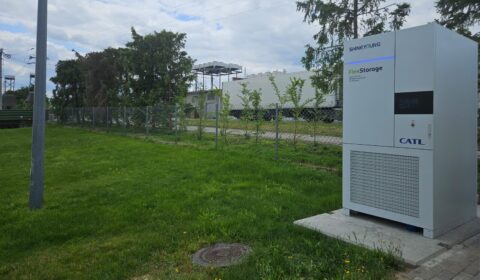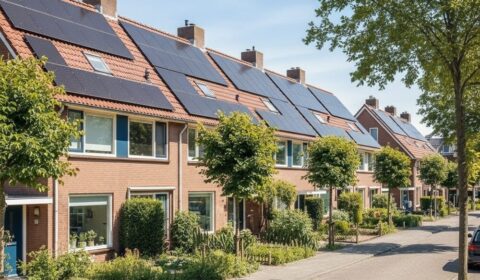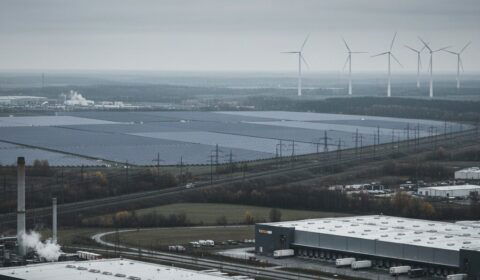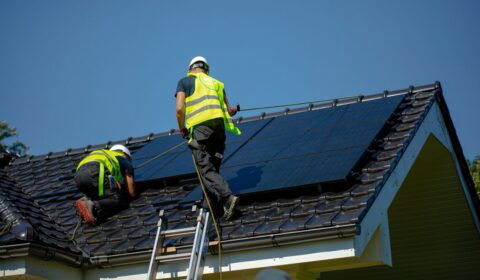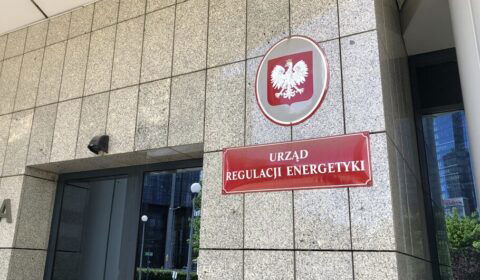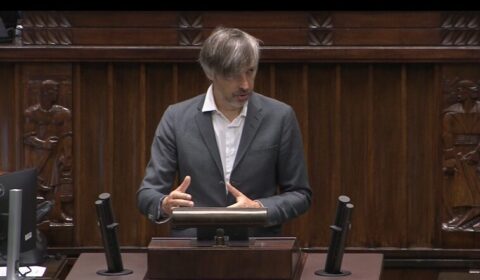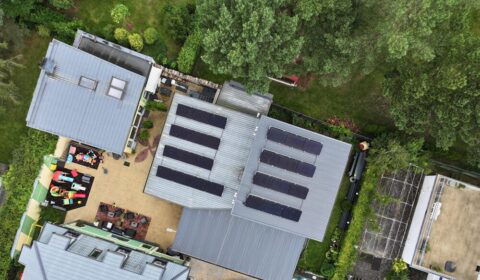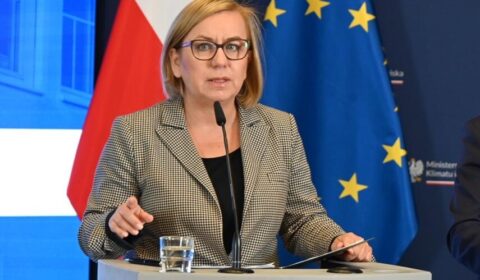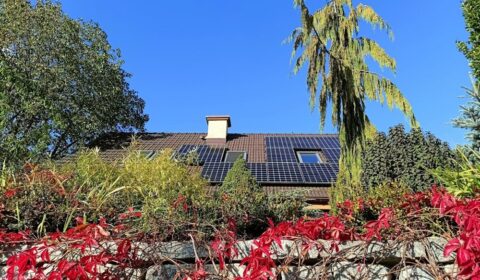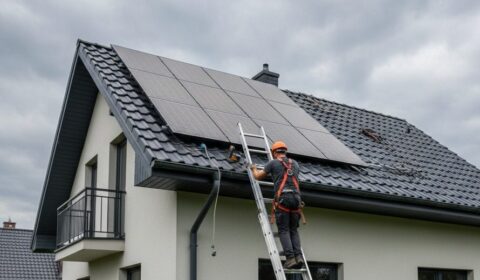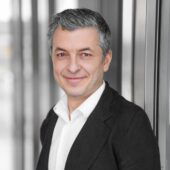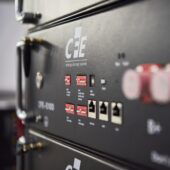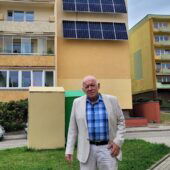Wind Power Monthly: niemieckie wiatraki już nie tak groźne dla polskiej sieci
New German transmission link eases pressure on neighbours
GERMANY: As well as finalising its long-term grid upgrade plans, December also saw the completion of a vital transmission link between Germany’s east and north west.
Completion of the new link, which runs from Schwerin, in eastern German to Hamburg in the north, follows years of delays. The link is owned by transmission system operator 50Hertz, which runs the eastern German high-voltage network to the borders with Poland and the Czech Repblic. It will likely relieve pressure on the eastern German network and reduce unwanted flows of German wind-generated power running through Poland and Czech Republic.

Overload
Wind-related electricity overflowing into Germany’s neighbouring countries has been a long-running problem, most recently criticised in October by Czech transmission system operator CEPS, which stated: „An uncontrollable increase in unplanned power flows is currently taking place; these flows are gradually overloading the CEPS transmission network, which often leads to acutely critical operational situations.”
The causes of the overflow, says CEPS, include a significant increase in power generated by wind farms located mainly in northern Germany, combined with insufficient cross-Germany transmission capacity, the statement added.
Inadequate north-south links
Similar gripes have been aired by Polish state-owned transmission firm PSE about electricity produced by north German sites in windy weather. A lack of adequate north-south cable connections through Germany means excess generation that cannot be absorbed in the north tends to flow into the Polish network, then south into the Czech Republic network, before flowing into southern Germany or via Austria into southern Germany.
Although electricity retailers in southern Germany are happy to use the day-ahead spot market and buy the power at the low price that tends to prevail when the wind is blowing strongly in the north, the lack of north-south connections has often hindered the power from flowing within the country.
A 50Hertz spokesman told Windpower Monthly that the new Schwerin-to-Hamburg link would ease the pressure on other countries’ networks. Hopes are that any remaining problems would be abolished altogether in three to five years’ time when a EUR250 million high-voltage link between the eastern German state of Thuringia and southern Bavaria is built.
Why Czech and Polish retailers do not buy the cheap power flowing through their networks is not clear. There is speculation that Czech incumbent and state-owned generator CEZ, which had a market share of 75% in 2010, would be unhappy reducing output from its mainly nuclear and fossil fuel plants.
CEZ was unavailable for comment on the speculation.
Similarly in Poland, PGE, Tauron and EDF control more than 60% of the generation market, and again are regarded by industry insiders as likely to prefer their own power rather than German wind power consumed in the country. A Tauron spokesman said that as the company operates in the central and eastern Czech Republic, it was relatively unaffected by German wind flows. EDF and PGE were also unavailable for comment.
Shared issue
At wholesale level in Poland, two thirds of electricity is traded through bilateral contracts between producers and distributors, according to a 2012 European Commission (EC) document on energy markets in the EU. The document criticises the loop flows originating primarily from Germany for reducing transmission capacity in the Czech Republic and Poland. But the EC urges all three countries to continue working together to identify solutions to the problems, as the issues are not confined to German wind energy.
Poland, for instance, is urged to speed up development of its electricity grid, including cross-border connections, as congestion on the Polish domestic electricity grid could be reduced by increasing its capacity to interconnect to neighbouring markets.
Meanwhile, 50Hertz has reported its own problems in Germany during high winds, having to intervene in fossil-fuelled power station operation to maintain grid stability when wind power, which by law has priority access to the grid, threatens to overload certain cable routes. Such efforts cost around EUR120 million in 2011, and is expected to have risen to EUR150 million in 2012.
http://www.cire.pl/item,70779,1.html?utm_source=newsletter&utm_campaign=newsletter&utm_medium=link




















